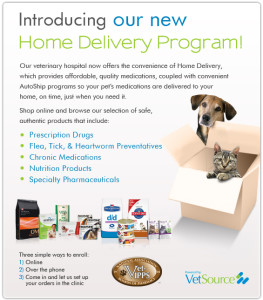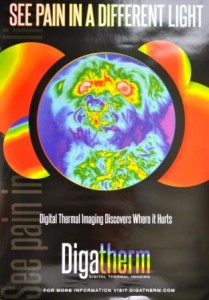 Traveling with your pet this summer? Here are some helpful tips
Traveling with your pet this summer? Here are some helpful tips
Know the area you are traveling to and the health risks that might be present. For example, Lyme disease is endemic in some states.
Make sure you pet is current on any necessary vaccines. Allow enough time between vaccinations.
If you don’t already have your dog on heartworm prevention, get them tested and start prophylactic medication. Heartworms, which are spread by mosquitoes, are most prevalent in southern, mid- western and coastal states.
Make sure your pet is protected against fleas and ticks via an oral or topical preventative. The last thing anyone wants to bring back from vacation is a flea infestation.
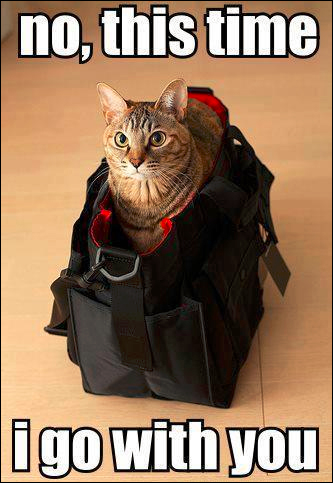 Keep a copy of your pet’s vaccination and medical records with you when traveling.
Keep a copy of your pet’s vaccination and medical records with you when traveling.
Allow enough time to get a health certificate if necessary and check airline and destination regulations.
Make sure you have an adequate supply of your pet’s food and any medications it might need.
Talk with your veterinarian about having medication on hand, if your pet suffers from travel anxiety, or transient stress diarrhea or vomiting.





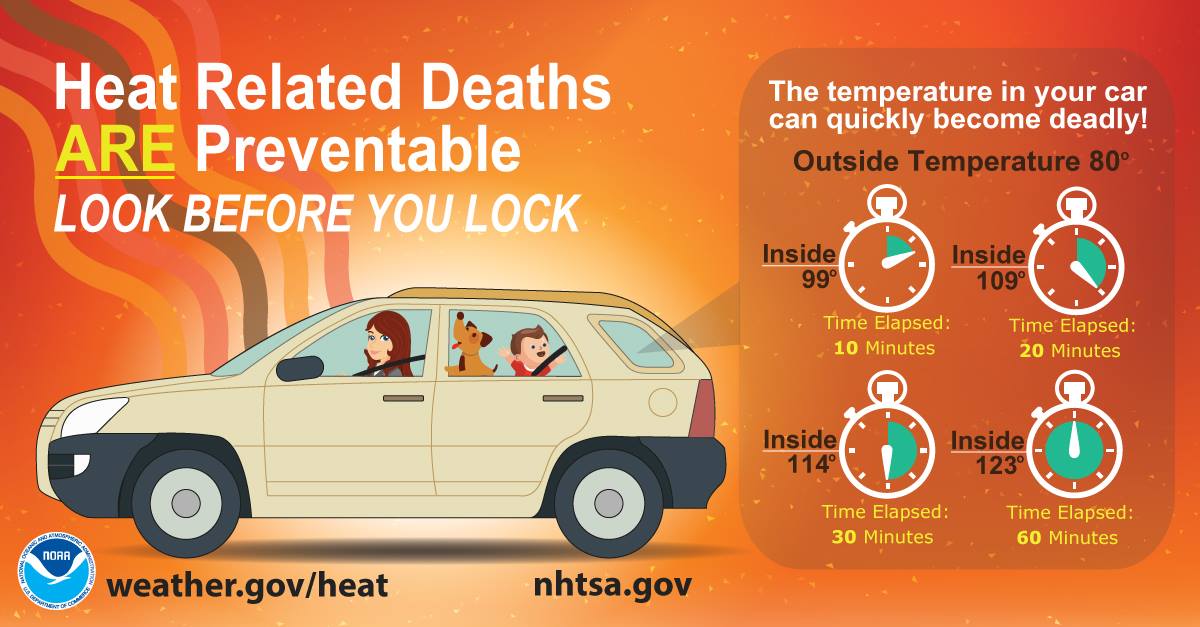
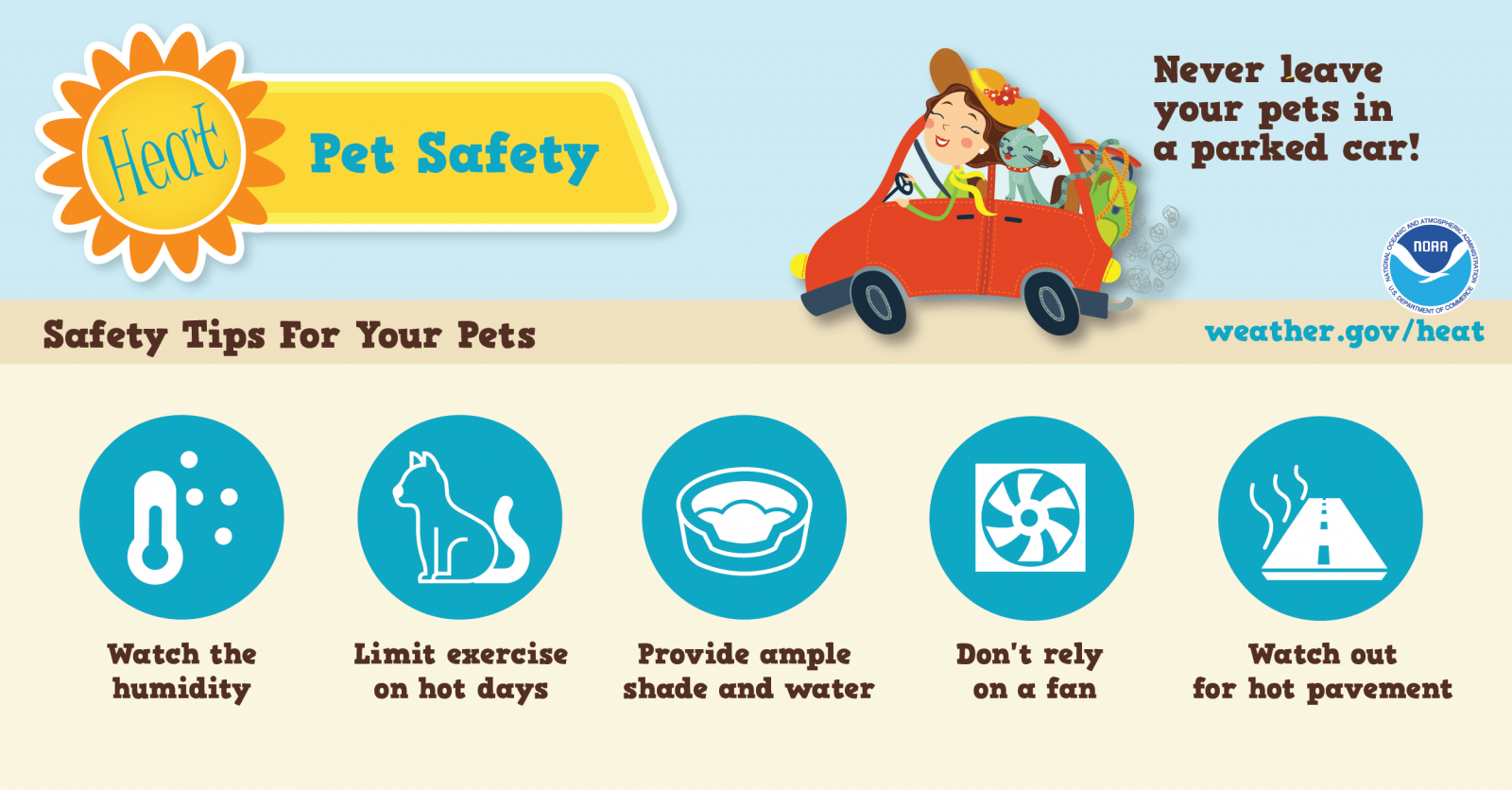
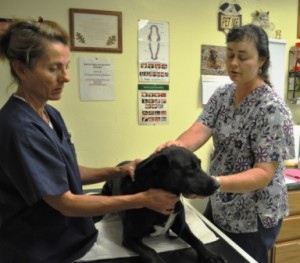

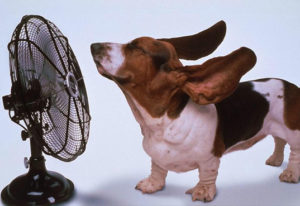

 Can my kids get pinworms from our dog or cat?
Can my kids get pinworms from our dog or cat?